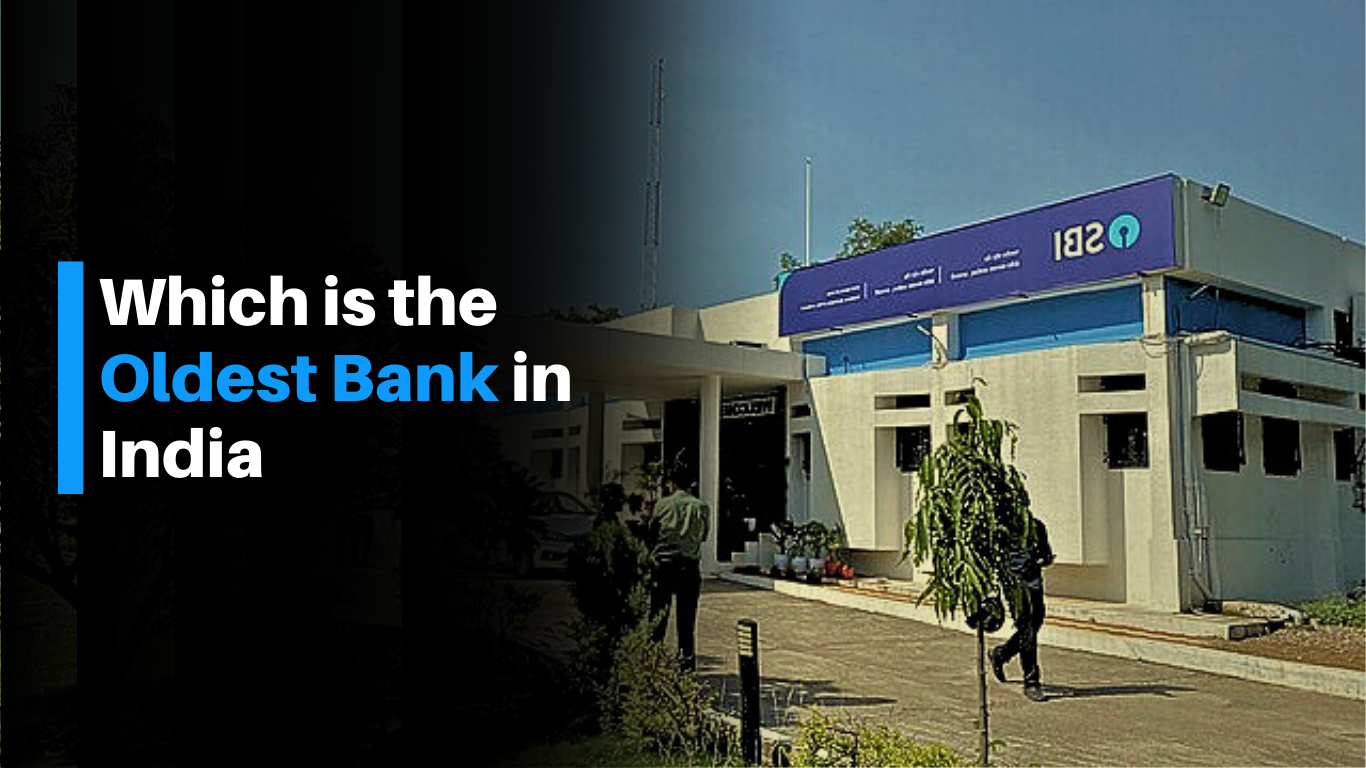EPF Calculator: Build a Massive ₹3.5 Crore Retirement Corpus with Just ₹5,000 Monthly Investment, are you ready!
Explore the top 10 oldest banks in India, from Madras Bank (1683) to iconic institutions that shaped Indian banking history and modern finance.
Table of Contents
Introduction
Banking in India has a history that stretches back over three centuries. From the earliest banks founded during colonial rule to Indian-owned institutions established by freedom fighters, the evolution of banking reflects India’s journey toward financial independence.
In this blog, we’ll explore the 10 oldest banks in India, their origins, contributions, and the legacy they left behind.
The Beginning of Banking in India
Banking in India started under the influence of the British East India Company, which needed financial institutions to support trade and revenue collection.
- Early banks were set up in Madras, Calcutta, and Bombay.
- They handled deposits, loans, and trade financing.
- These institutions later merged and evolved into modern banks.
The Oldest Bank in India – Madras Bank (1683)
- Founded: 1683
- Location: Madras (now Chennai)
- Role: Served British traders and officials.
Although it eventually merged with later institutions, Madras Bank remains the first recorded bank in India, laying the foundation for banking as we know it today.
Top 10 Oldest Banks in India
1. The Madras Bank (1683)
- Established for British traders in Madras.
- Supported early trade finance.
- Later merged into larger banking institutions.
2. The Bank of Hindustan (1770)
- Founded in Calcutta by Alexander & Co.
- First European-style commercial bank in India.
- Operated for over 60 years before closing in 1832.
3. General Bank of India (1786)
- Established in Calcutta.
- Short-lived (closed in 1791).
- Introduced basic banking practices like deposits and lending.
4. Bank of Calcutta (1806)
- Renamed Bank of Bengal (1809).
- One of the three Presidency Banks.
- Later merged into the Imperial Bank of India, which became the State Bank of India (SBI).
5. Bank of Bombay (1840)
- Founded in Bombay Presidency.
- Specialized in trade financing.
- Merged into the Imperial Bank of India.
6. Bank of Madras (1843)
- Merged several regional banks.
- Played a vital role in southern India’s trade.
- Later became part of SBI lineage.
7. Allahabad Bank (1865)
- First Indian-owned joint stock bank.
- Headquarters in Allahabad (Uttar Pradesh).
- Legacy continued until its merger with Indian Bank in 2020.
8. Oudh Commercial Bank (1881)
- First commercial bank fully managed by Indians.
- Pioneered local banking services.
- Closed in 1958 due to financial difficulties.
9. Punjab National Bank (1894)
- Founded by Indian freedom fighters in Lahore.
- Focused on supporting Indian businesses.
- Still one of the largest public sector banks today.
10. Bank of India (1906)
- Founded in Mumbai by Indian entrepreneurs.
- First truly large Indian-owned bank with international operations.
- Today, a major player in global banking.
Comparative Table of Oldest Banks in India
| Bank Name | Year Established | Founders/Owners | Status Today |
|---|---|---|---|
| Madras Bank | 1683 | British traders | Merged into later banks |
| Bank of Hindustan | 1770 | Alexander & Co. | Closed in 1832 |
| General Bank of India | 1786 | Private Europeans | Closed in 1791 |
| Bank of Calcutta | 1806 | East India Company | Became Bank of Bengal → SBI lineage |
| Bank of Bombay | 1840 | British colonial government | Merged into Imperial Bank of India |
| Bank of Madras | 1843 | Presidency Bank (Madras) | Merged into Imperial Bank of India |
| Allahabad Bank | 1865 | Indians & Europeans | Merged with Indian Bank in 2020 |
| Oudh Commercial Bank | 1881 | Indian management | Closed in 1958 |
| Punjab National Bank | 1894 | Indian nationalists | Still operational, PSU bank |
| Bank of India | 1906 | Indian entrepreneurs | Still operational, global presence |
Impact of Oldest Banks on Indian Economy
These banks had a lasting influence:
- Introduced modern banking practices like deposits, lending, and trade finance.
- Supported economic growth during colonial rule.
- Indian-owned banks became symbols of self-reliance.
- Mergers and reforms led to the creation of today’s State Bank of India and other major institutions.
Evolution from Colonial Banking to Digital Banking
- Colonial Era: Banks served trade and the East India Company.
- Pre-Independence Era: Rise of Indian-owned banks.
- Post-Independence: Nationalization in 1969 boosted financial inclusion.
- Modern Era: UPI, mobile banking, and AI-driven banking revolution.
Lessons from India’s Oldest Banks
- Resilience: Survived wars, independence, and reforms.
- Innovation: Adapted from manual ledgers to digital banking.
- Trust: Built long-term customer relationships.
Conclusion
India’s oldest banks are more than financial institutions—they are part of the nation’s economic heritage. From Madras Bank (1683) to Punjab National Bank (1894) and beyond, these institutions laid the foundation of modern Indian banking.
Today, as digital payments and AI shape the future, remembering the journey of these historic banks helps us understand how India’s financial system was built brick by brick.
FAQs
Q1. Which is the oldest bank in India?
The Madras Bank (1683) is considered the first bank in India.
Q2. Which was the first Indian-owned bank?
Allahabad Bank (1865) was the first joint stock bank managed by Indians.
Q3. Is Allahabad Bank still operating?
It merged with Indian Bank in 2020.
Q4. How did the Presidency Banks evolve?
The three Presidency Banks (Calcutta, Bombay, Madras) merged into the Imperial Bank of India, later becoming State Bank of India (SBI).
Q5. Which is the largest old bank still operating?
Punjab National Bank (1894) and Bank of India (1906) continue as major Indian banks today.
Stay updated with the latest news and alerts — follow us at racstar.in












